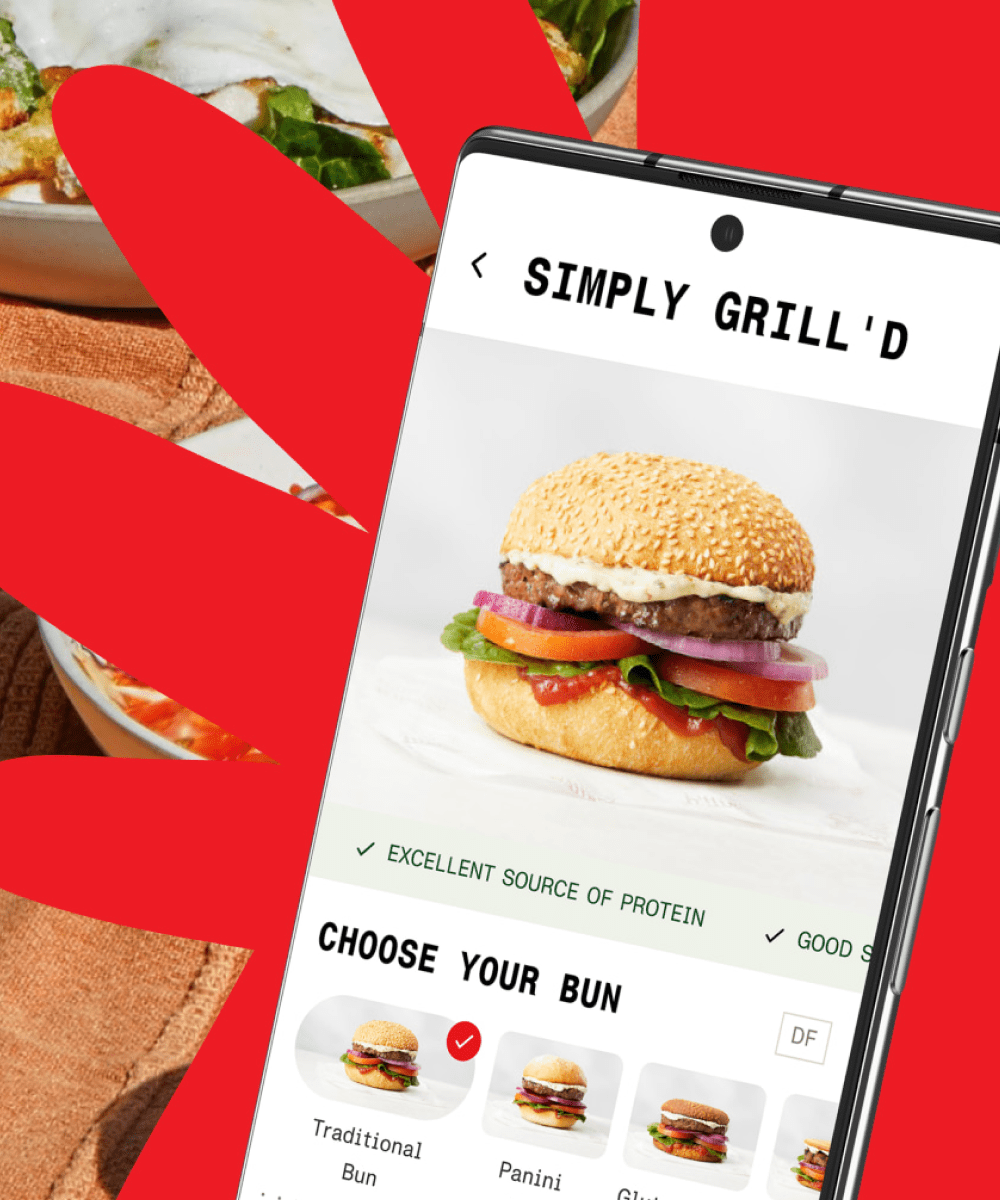Face-to-face meetings between buyers and suppliers have always been central to building an ongoing relationship in the B2B world. Both parties benefit from personal contact, so that specific issues and possible questions can be put on the table. But now that the corona crisis makes it practically impossible to see each other in person, buyers have to look for a digital alternative.
At the same time, the global supply chain has been turned upside down by the temporary closure of factories, so that buyers suddenly have to look for new suppliers who can supply during these times. And that has to be done quickly. But now that it is a lot more difficult to schedule a physical appointment, the production sector has to look for alternative options. McKinsey’s most recent study ‘Global B2B decision-maker response to COVID-19 crisis’ shows not only what decision makers in the B2B world are looking for when looking at potential suppliers, but also what digital features are important in this quest. The survey, conducted in the United Kingdom, France, Italy, Spain, Germany, China, India, South Korea, Brazil and the United States, shows that there is an increased demand for digital self-serve options in all countries, which enable buyers to quickly find a suitable solution to their problem.
Onsite search is a priority
Across all surveyed countries, when asked “what ways of interacting with a supplier would be most beneficial to you when researching/considering suppliers going forward?”, the most popular choice was onsite search. Can a buyer visit the company website, search for the product they are looking for, easily find more information, and process their order?
For example, for Brenntag, a leading chemical distributor, DEPT® helped the company digital transform by creating Brenntag Connect, a customer-facing platform which provides customers with the options to order products digitally with access to individual documentation, historic purchasing data and other self-service components. This enabled over 1,800 people to register in a short period of time and easily see all the products available to them in addition to receiving a quote before even becoming a customer.
When thinking of onsite search, it’s important to keep in mind the customer journey. Onsite search often comes early on; a quick guarantee that this company can supply the product they need. After the first point of contact, whether it’s a call, email, piece of direct mail or a self-initiated Google search or referral, the company website becomes the most important reference point, always answering questions that a potential customer may have.
For this reason, every manufacturer and supplier needs to ensure there is a search option onsite and that existing product and information pages are up-to-date with relevant information. Your CMS or commerce platform may provide a simple search feature to add to the site, but optimising the content for search requires a little more work.
From a UX perspective, a visible and well-defined search bar will make it quick and easy for anyone to find products and information. This will result in fewer clicks and less time spent on the homepage. A faceted search will enhance the general search, enabling users to narrow down their search to category, price, product options and custom fields. All of this will improve the customer experience and help customers find what they’re looking for, quickly and easily.
Having a well optimised on-site search also has the added benefit of providing further insight into what buyers are looking for and what the roadblocks to purchase are. This information is gold dust; it either shows demand, or it shows opportunity. For example, a product selling at a fairly low rate could actually be getting high search volume, indicating a potential opportunity for the business to push this product to the fore.
These search stats insights can also inform your business of developing trends in terms of customer demand or common difficulties. While there is nothing better than speaking one-to-one with a client about the challenges they are facing in the coming weeks, months and years, having clients visit your site and type their challenges into the search bar is a close second. Use this to tool your sales team with information on what common challenges are driving discussion in the industry. It’s also useful in optimising the messaging of onsite copy and any marketing campaigns your business is running. Reviewing search logs can also guide your business on what is currently missing from your site.
The preference for onsite search shows two important points. The buying and research process is digital-first and driven by self-serve opportunities. This shows a drift towards on-demand information, giving buyers the ability to research at their own pace. This is backed up by the second preference — live chat. Rather than scheduled phone calls or back and forth emails, buyers are opting for the on-demand option, enabling them to engage with potential suppliers when it suits their schedule.
Improving the customer experience with live chat & chatbots
A strong live chat system combines automated and staffed solutions. Like a customer service line, live chat conversations typically begin with a light automated opening that directs the visitor to the appropriate colleague for this conversation. Parts of this can be decided in the background, such as knowing which page the visitor is on and using this information to inform which representative joins the live chat.
The added bonus for companies implementing a live chat or chatbot feature on-site comes through an extra customer services option; through a flow of automated responses, a chatbot can help current customers find a quick solution, taking the strain off of call lines.
When looking at the surveyed countries in Europe, there is a soft preference for sales rep led interactions, showing the importance of a personal touch, even in an increasingly digital market. Germany, Spain, Italy and the UK all name face-to-face meetings in their top three ways of interacting with suppliers; a major challenge during the lockdown period.
The clear lockdown replacement is video calling. What is often ignored is the idea of availability. It’s generally understood that if a buyer wants to call a supplier, they can pick up the phone and dial a number listed on the site. The culture does not yet exist around video calling, meaning companies need to make it clear that their sales reps are ready for video calls should a buyer want to talk face-to-face.
Update your site design with information about video calling as an option, and speak about it in your outreach and marketing. Proactive options include video consultancy sessions, organised on a one-to-one basis or a gated livestream, available to viewers that sign up. This broadcasts the point that your business offers video conferencing to current and potential clients that are still interested in face-to-face discussions. With sales reps working from home, keeping the CRM system up to date with information from these video calls is a top priority.
Looking across to the APAC region, Brazil and the US, digital self-serve options fill the priority touchpoints for buyers, from apps to websites to social media. Knowing that these regions prioritise digital and self-serve is useful for suppliers and manufacturers in Europe that sell internationally.
Increasing agility with headless
If you operate internationally, the already complex task of managing localisation is currently heightened, given the varying level of COVID-19 restraints in your operating markets. To speed up the delivery of localised messaging, content and microsites, you can consider moving to a headless technical architecture for your content management.
A regular CMS connects a single front end (the sales channel that a customer interacts with), to a single back end (the operational side that processes payment and data and keeps the channel running). In this setup, changes to the front end must be reflected in the back end. This creates a fair amount of work if a company is running multiple websites, an app, or mobile-specific sites, as any updates must be repeated across each sales channel. A headless CMS connects each front end into a single back end. This means edits can be made to the front end without requiring a constant update to the back end. Launching new sites or creating an app for these new markets is a much more agile process with a headless architecture. For more of a deep dive into the benefits of headless and when to consider it, check out our recent article about ‘Moving with speed and agility with headless systems.’
It’s important to remember that this shift has been accelerated by the COVID-19 crisis, rather than being caused by it. The drift towards digital and self-serve options in the B2B space is part of an industry-wide move to online and on-demand that’s been building momentum over the past couple of years. Reorienting your operations to be more digital ensures relevance during the pandemic, but also provides a platform for the company to stay at the forefront of how buyer and supplier relationships function.
Each adjustment the business makes now should factor in the multi-year strategy for the business, an initial change that leads to a much wider digital transformation. Now is the perfect time to review your digital roadmap and accelerate the digitalisation plans that will make the biggest impact as we enter a period of recovery. To get started, check out our article, ‘How to Create a Tactical, Strategic Response to COVID-19’
More Insights?
View all InsightsQuestions?
Global SVP Technology & Engineering





